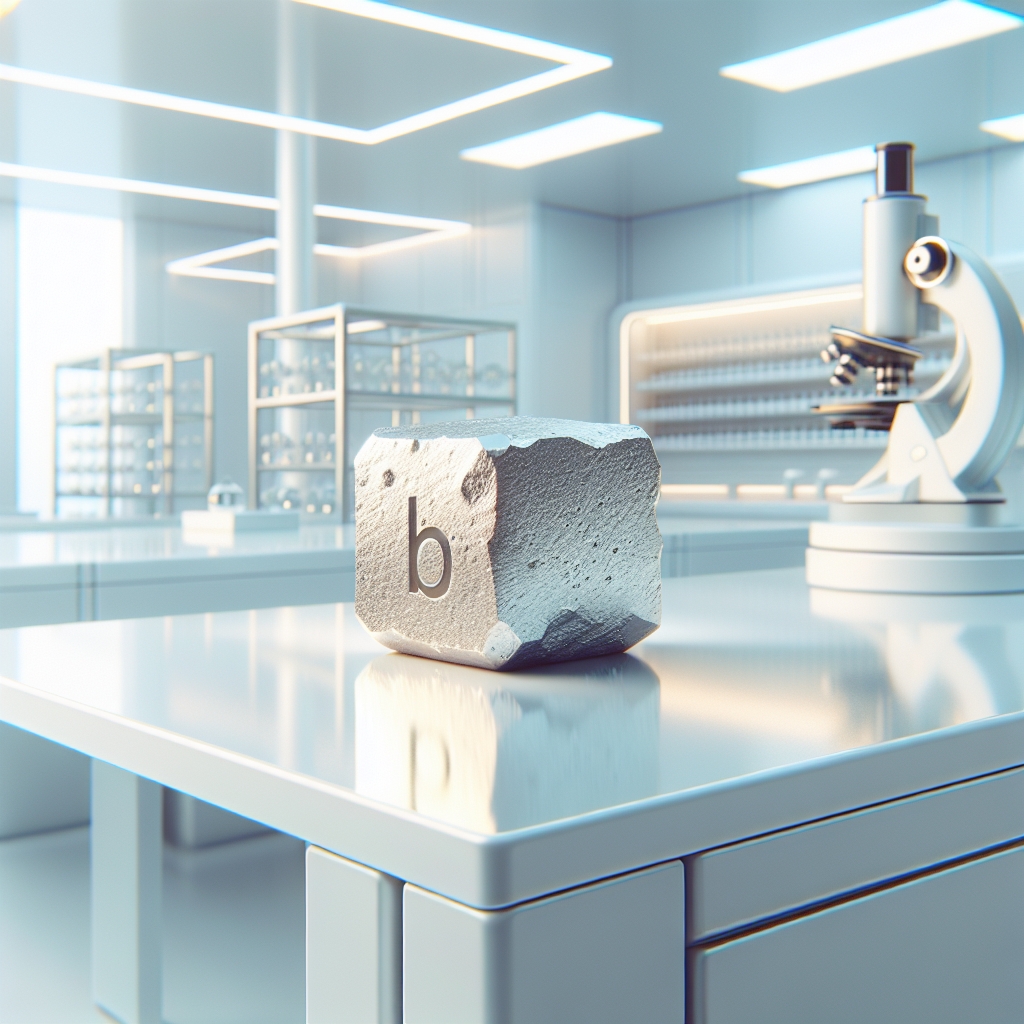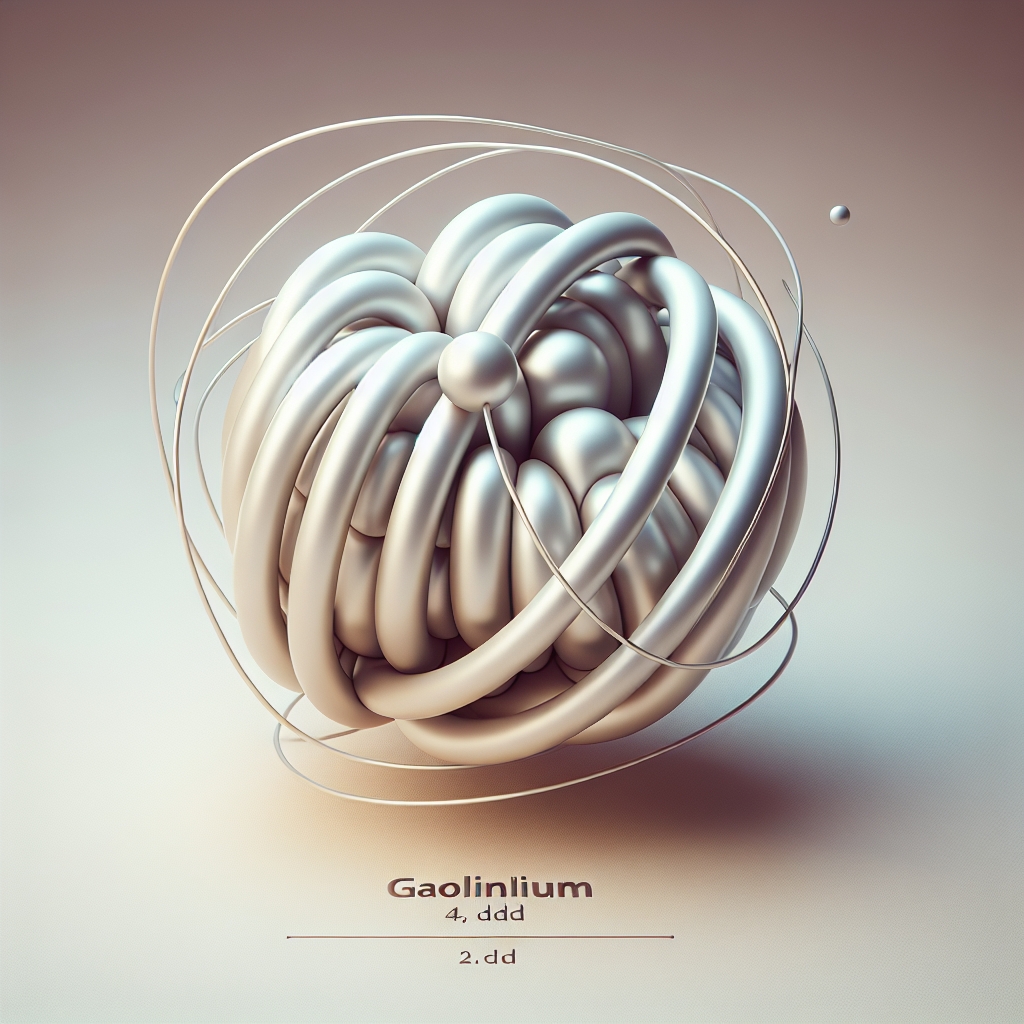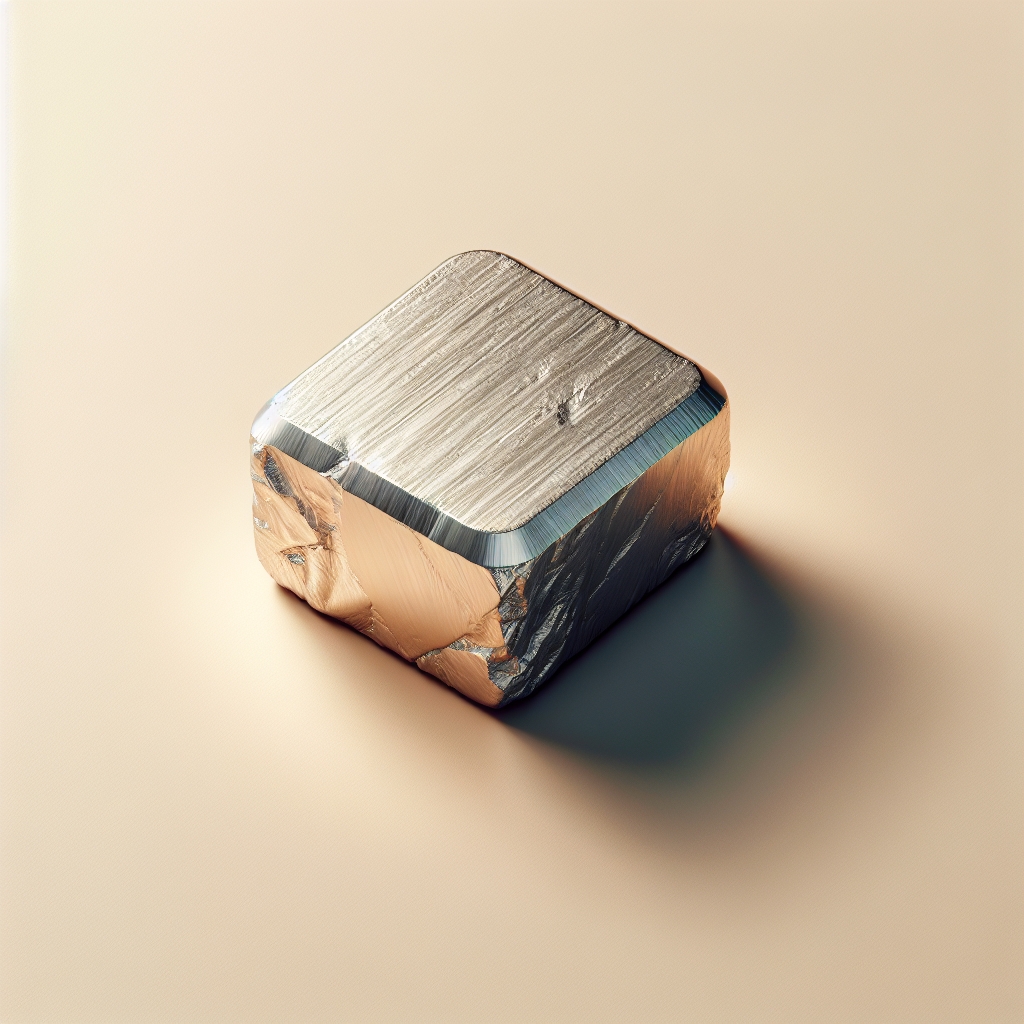Gadolinium
Gadolinium is a chemical element symbolized by Gd, belonging to the group of rare earth elements within the lanthanide series on the periodic table. It is characterized by its silvery-white appearance, and it exhibits both malleable and ductile properties, making it workable in various forms. Gadolinium stands out for its unique metallurgical characteristics, such as its ability to enhance the workability, resistance to oxidation, and ability to withstand high temperatures when alloyed with other metals like iron and chromium.
One of the most notable features of gadolinium is its magnetic properties. It is highly magnetic at temperatures below a certain point, which makes it valuable for use in magnetic resonance imaging (MRI) as a contrast agent. This application helps in improving the visibility of internal structures in the body during MRI scans.
Gadolinium also has a significant capacity to absorb neutrons, making it useful in nuclear reactors as a material to capture excess neutrons and help control nuclear reactions.
In the field of medicine, gadolinium compounds are utilized as contrast agents for MRI scans to enhance the clarity of the images obtained. This property is due to gadolinium’s ability to affect the relaxation times of atoms within the body, thereby improving the contrast of the MRI images.
Additionally, gadolinium finds applications in the manufacturing of electronic components and in the creation of alloys. It is used in making gadolinium yttrium garnets, which have applications in microwaves, and as a doping agent in materials designed to have specific optical properties.
Despite its various uses, gadolinium does not occur freely in nature. It is extracted from minerals such as monazite and bastnäsite, which contain small quantities of all the rare earth metals. Although gadolinium is more abundant than some other elements in the lanthanide series, it is still considered rare due to its sparse distribution in the Earth’s crust and the complex extraction processes required to isolate it.
Gadolinium is a rare earth metal, known for its unique properties and applications, particularly in the field of medical imaging. However, its use has raised safety concerns, especially regarding its potential effects on human health. This article delves into the world of gadolinium, exploring its different forms, uses, and the ongoing research to determine which […]
Which gadolinium is safest Read More »
Gadolinium, a rare earth metal, plays a crucial role in various industrial and medical applications due to its unique properties. Among these, its density is a key characteristic that influences its functionality and suitability for specific uses. This article delves into the density of gadolinium, exploring its significance, how it compares with other elements, and
What is the density of gadolinium Read More »
Gadolinium, a chemical element with the symbol Gd and atomic number 64, is a silvery-white, malleable, and ductile rare earth metal. It is found in the lanthanide series of the periodic table and is known for its unique properties, including its use in various industrial and medical applications. Understanding the atomic mass of gadolinium is
What is the atomic mass of gadolinium Read More »
Gadolinium, a rare earth metal, has garnered significant attention in various industries, including electronics, manufacturing, and medicine, particularly for its use in MRI contrast agents. Its unique properties, such as high neutron absorption and exceptional magnetic characteristics, make it invaluable in many applications. However, the cost of gadolinium is subject to a complex interplay of
What is the cost of gadolinium Read More »
Gadolinium is a rare earth metal that is used in various industrial applications, including as a contrast agent in magnetic resonance imaging (MRI). While gadolinium-based contrast agents (GBCAs) are generally considered safe for use in MRI procedures, there have been concerns about the potential for gadolinium to remain in the body, particularly in patients with
How to get gadolinium out of body Read More »
Gadolinium is a rare earth metal used in various industrial applications, including as a contrast agent in magnetic resonance imaging (MRI). While it is valuable in the medical field for enhancing the clarity of MRI images, there have been concerns about its retention in the body and potential health risks. This article explores the nature
How to get gadolinium out of your body Read More »
Gadolinium is a rare earth metal that is used in various industrial applications, including as a contrast agent in magnetic resonance imaging (MRI). While gadolinium-based contrast agents (GBCAs) are generally considered safe for use in MRI procedures, there have been concerns about the potential for gadolinium to remain in the body, particularly in individuals with
How to get gadolinium out of the body Read More »
Gadolinium retention has become a topic of significant interest and concern within the medical and scientific communities, particularly in relation to its use in magnetic resonance imaging (MRI) contrast agents. Gadolinium is a rare earth metal that, when used in contrast agents, enhances the quality of MRI scans by improving the visibility of internal structures.
What is gadolinium retention Read More »
Gadolinium is a chemical element with the symbol Gd and atomic number 64. It is a silvery-white, malleable, and ductile rare earth metal. It is found in nature only in oxidized form and in the ores of other rare earth elements. Gadolinium possesses unusual metallurgical properties, including the ability to improve the workability and resistance
What is gadolinium in MRI Read More »
Magnetic Resonance Imaging (MRI) is a powerful diagnostic tool widely used in the medical field to create detailed images of the organs and tissues within the body. One of the elements that play a crucial role in enhancing the quality of these images is gadolinium. This article delves into the world of gadolinium, exploring its
What is gadolinium MRI Read More »










